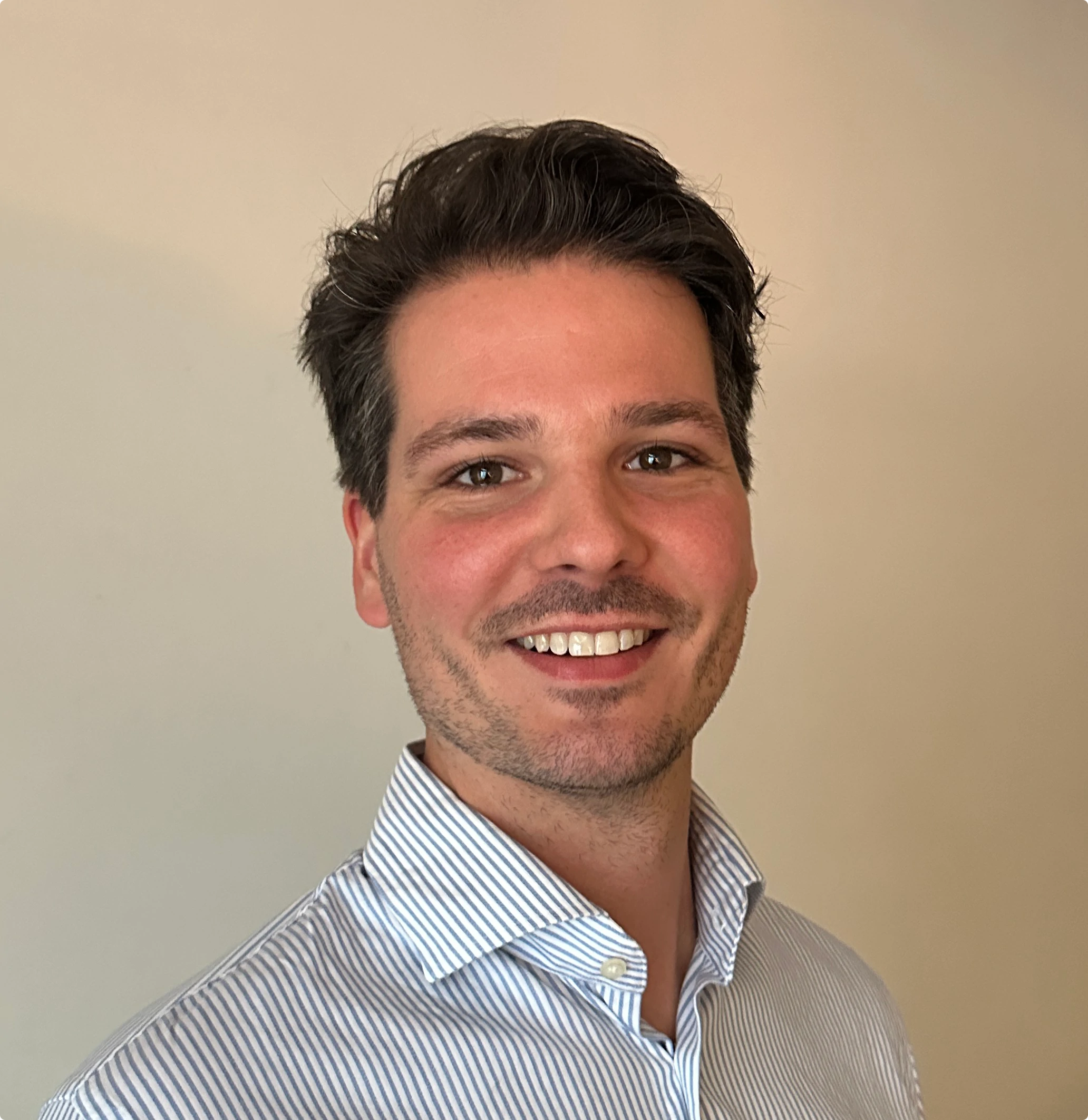You see it every day
Legal forms, hospital brochures, school letters, news articles. Now ask yourself: how often do you actually understand them at first glance? You're not alone if the answer is “not often.” In the Netherlands, about 3 million people, roughly 1 in 5 adults struggle with reading and writing every day. This isn’t about not being able to read at all. Most can read, just not fluently enough to handle the wall of text we often throw at them.
How big is this problem?
Big. And expensive. Low literacy costs Dutch society over €1.1 billion each year. Think lost income, extra healthcare, and a lot of confusion. But money isn’t the whole story.
It also costs confidence. People feel shut out of conversations they can’t fully follow. Some voters even avoid elections because political information is written in needlessly difficult language. That’s essentially a form of democratic exclusion.
Not just "illiteracy"
We’re not talking about people who can’t read at all. Many can manage a grocery list or a short text. But once the content gets dense or packed with jargon, they hit a wall.
Real story: I heard about a dad who avoided parent-teacher nights because he couldn’t make sense of the school letters. He was embarrassed. And he’s not alone. About 1 in 9 Dutch parents with minor children struggles with reading, writing, or math. That affects their kids’ education too. This shows up everywhere:
- A senior trying to fill out a government form.
- A patient confused by hospital instructions.
- A student drowning in teaching materials.
The readability mismatch
Here’s the deal: most public information is written above the average person’s reading level. But it doesn't have to be.
- Only ~5% of the Dutch population reads comfortably at the A1 level, and ~15% at A2. About 40% are at B1, which is considered plain, clear Dutch.
So nearly 80% of people can understand B1-level text, yet a ton of government and corporate communication shoots way above that. Why make it harder than it needs to be?
The magic of clear content (baseline)
Clear writing helps everyone, even experts; because it saves time and reduces errors. That’s why the Dutch government publishes much public content at B1 level (and sometimes even A2). Plain language isn’t “dumbing down.” It’s respectful. It tells readers: I value your time, I want you to get this.
But here’s the catch: one version can’t fit all
Clarity alone isn’t enough if it’s just one static version. People differ in:
- Prior knowledge: novices vs. experts
- Context: time pressure, stress, device
- Language background & neurodiversity
In learning science, this is known as the expertise-reversal effect: support that helps beginners can frustrate advanced readers. A single simplified text can never be optimal for everyone.
Plain + Personal beats Plain alone
Research on tailored communication shows that people pay more attention, remember more, and act more when the content is personalized rather than generic. Even small improvements at scale lead to fewer mistakes, fewer support calls, and better outcomes.
So, why should you care?
Because clarity drives action. When your content is easy to read, people are far more likely to finish it, understand it, and trust what you’re saying. They’ll take the right next step, whether that’s signing up, showing up, or simply staying engaged.
But when things get too complicated? The opposite happens. Messages get lost. People tune out. You might end up fielding more support calls, dealing with more confusion, or seeing costly mistakes. All because the information wasn’t clear.
And here’s the bigger issue: unclear content widens the gap. People with strong literacy skills keep up and stay informed. But those who struggle often fall further behind. Not because they don’t care, but because the system wasn’t built with them in mind.
The Dutch Court of Audit has reported that adults with low literacy are politically and socially less active than those with adequate skills. This is evidence of how complex information can exclude people from participation. That’s not just frustrating. It’s a loss for our communities.
Clear content isn’t a luxury. It’s a necessity.
If your goal is to inform, engage, or help people, clarity isn’t optional. It’s powerful. It’s inclusive. It works. In upcoming posts, we’ll dive into how complex content shows up in different sectors, and how simplifying it leads to better results. Whether it’s in healthcare, education, or government, one thing holds true: simple makes sense.
